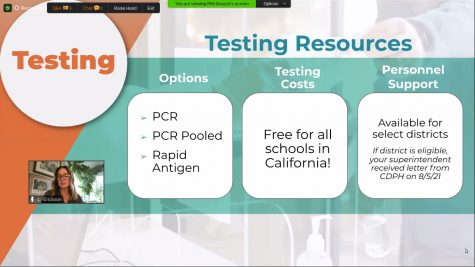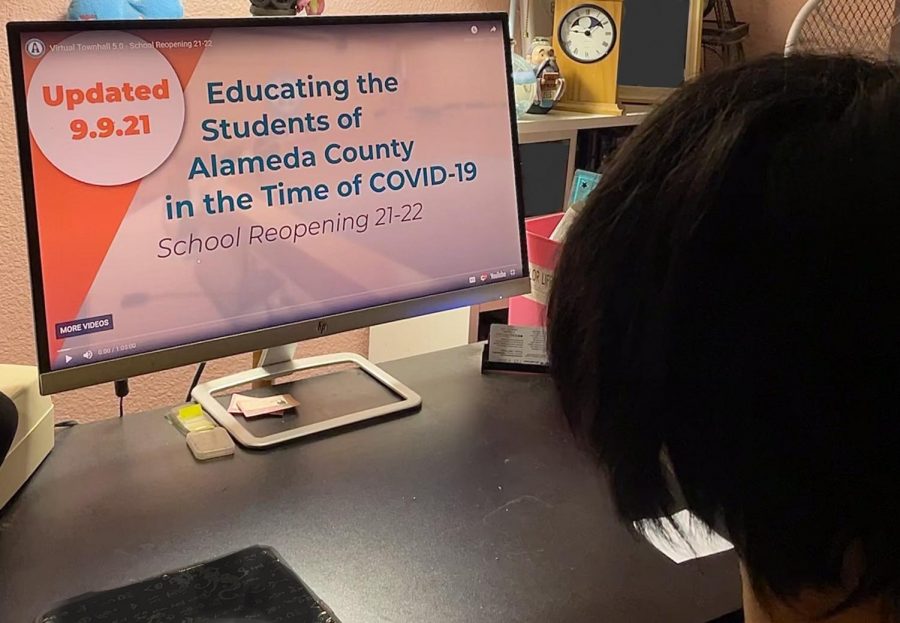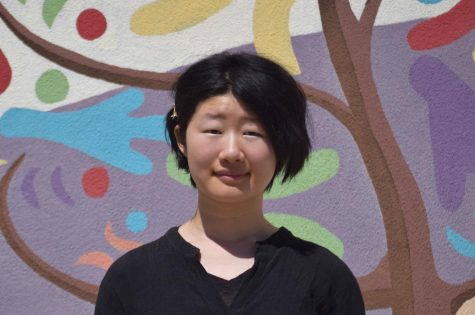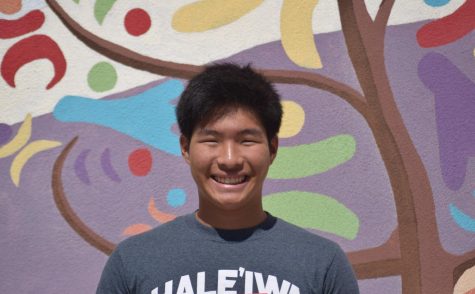Virtual town hall on school reopening
Students, parents, and teachers tuned in to the town hall to hear the representatives, such as the County SuperIntendent, L.K. Monroe, speak.
September 10, 2021
On September 9, the Alameda County Office of Education (ACOE) hosted a virtual town hall on COVID protection measures during in-person learning.
Panelists from the Alameda County Public Health and County Superintendent L.K. Monroe took turns talking about current protocols and answering residents’ questions.
What are the official state COVID guidances?
Alameda County Health Officer Dr. Nicholas Moss reported that all students older than 12 years are encouraged to be vaccinated and to wear masks. Currently, the state requires masks indoors and recommends them worn outdoors as well, although California’s coronavirus requirements will be re-evaluated on November 1.
“Students suspected of having COVID must have negative testing results to return, while unvaccinated staff and teachers are required to test every week as per state order. However, all COVID tests will be free, with multiple testing options available,” said Moss.
What happens if you might be infected?
Alameda County Health Official Lisa Erickson defined “close contact” as meaning a person spent at least 15 minutes within a 6-feet distance of someone with COVID, regardless of whether they were masked or not.
Erickson also clarified the difference between being quarantined and in isolation.
“[Quarantined and isolation] are two concepts people sometimes get confused; quarantine is what happens when you’ve been exposed to someone with COVID-19. It doesn’t necessarily mean you have COVID or you have symptoms, just that you’ve been exposed. That’s when you get sent home or you’re under modified quarantine/in quarantine. Isolation is different. That’s for someone who has been infected with COVID or has symptoms and are waiting to see if it’s COVID. It’s important to keep these two things separate,” said Erickson.
Students who came into close contact and are vaccinated can continue at school like usual. On the other hand, if unvaccinated students come into contact at school, they may go through a modified quarantine of required biweekly testing for a week in order to stay in-person.
Those who are unvaccinated but asymptomatic may also undergo a shortened quarantine and stay at home for only eight days instead of ten before returning to school.

Is there a chance of returning to hybrid learning?
As per state mandate, hybrid learning is currently impossible. Only independent study is an approved alternative to in-person learning. However, a waitlist has formed for independent learning due to an unanticipated high number of families preferring virtual learning.
“There have been many families in the wake of [the Delta variant] that have said [they] would like independent study, and in some of our districts that’s been as many as five-fold requests for independent study,” said Monroe.
Later on, concerned members of the Pleasanton community were able to ask questions regarding the reasoning behind specific safety measures and protocols.
“We want to keep kids in classrooms as much as possible. That’s why there are things like a mask requirement and modified quarantine options,” said Moss.
With more children back in the classroom, questions centered around the timeline of easing down on safety restrictions, such as requiring masks outdoors.
“When there is COVID in our communities but people aren’t getting severely ill, hopefully not getting disabling long COVID, that’s really the end goal. But over time we have been slowly peeling things back, and we are actually in a place where we are regulating much less than we were last year,” said Moss.
The presentation and Zoom recording can also be accessed on acoe.org/townhall. All the questions will later be posted at acoe.org/questions as an FAQ for reference.






